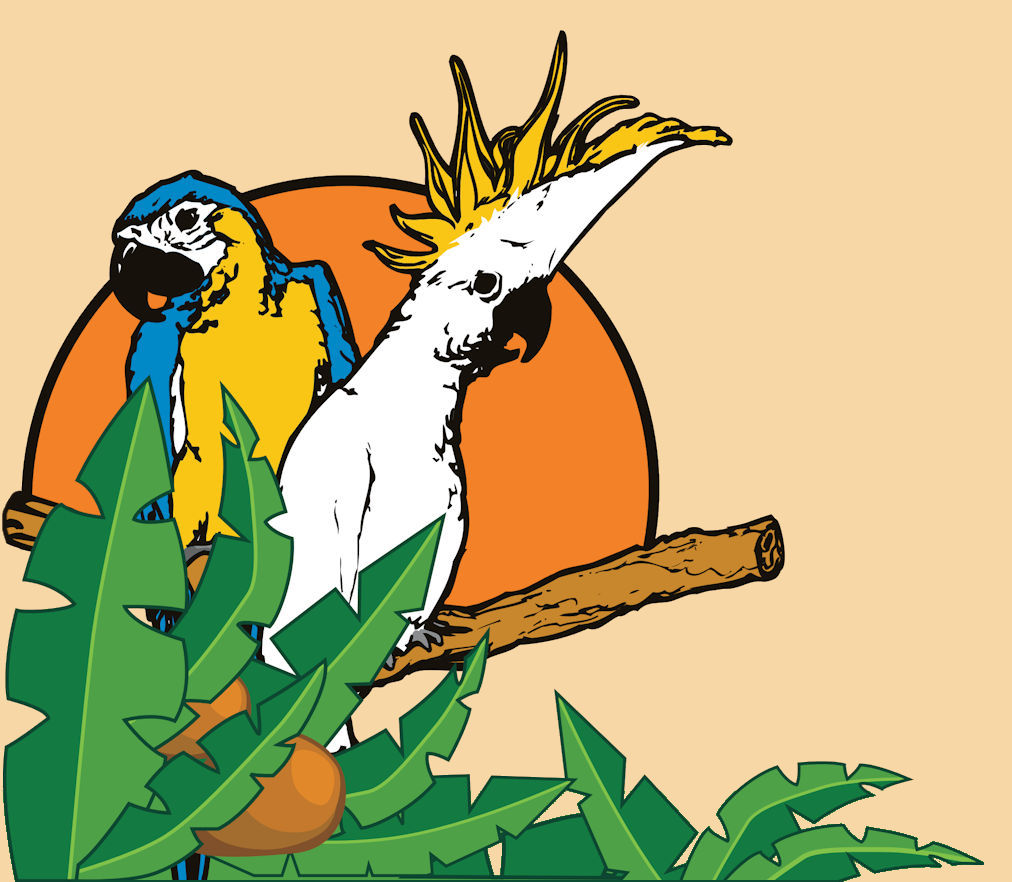Rope and sisal perches are a fun alternative to dowels and natural wood. Most are made with rope that has been braided around a central wire that allows the perch to be bent into many different shapes and spaces. This versatility makes them great when setting up a cage that has awkward empty spaces, or areas where other perches can’t fit.
***TIP: Flat or dome-top cages can also be outfitted with rope perches to create a play space on top!
Rope perches also offer a softer texture for the feet, and because they are braided, they help maintain healthy feet muscles. Many birds can also grip these materials better than hard wood, and love to cling upside down from them. They can be found in different diameters for all types of birds, as well as different lengths for a variety of uses and cage sizes.
- Small lengths are good for corners, or upside-down U’s that birds love to snuggle into for the night.
- Medium lengths are good for straight tightropes, or creating a low-to-high ramp. These gentle slopes can assist birds that are old, or have handicaps which don’t allow them to climb well.
- Long lengths are good for large cages, or zig-zagging throughout the cage.
With rope perches, regularly inspect them for loose threads and sections which may unravel due to wear or chewing. These excess threads should be trimmed and discarded. Sisal is less prone to this, and is a natural material that many small birds like to preen.
